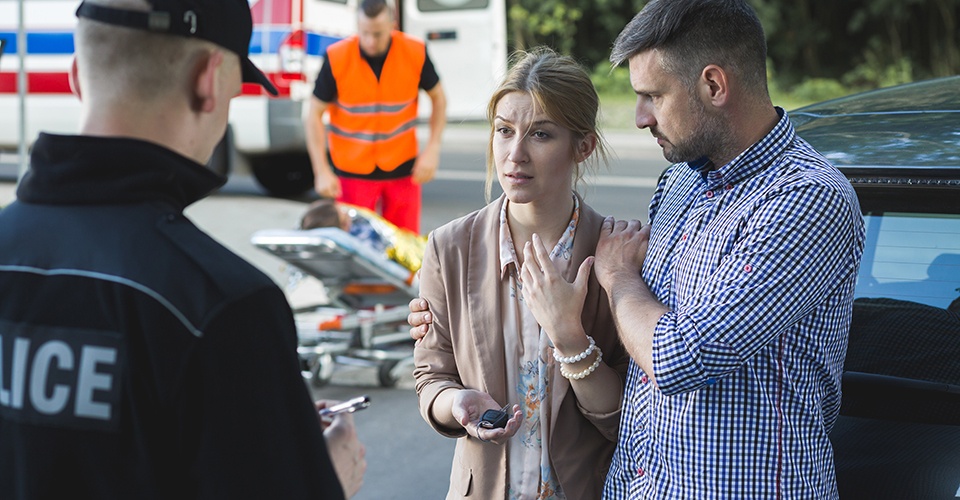Understanding the Impact of Bystander Response for Trauma
December 05, 2017 at 11:35 AM

Anyone who has taken a CPR class has heard of the “chain of survival,” a mnemonic device that helps students remember all the steps necessary to help improve the chances for survival for a victim of cardiac arrest. But what about improving outcomes for non-cardiac emergencies? What does the chain metaphor reveal when applied to other types of medical emergencies?
Research has shown that the chain of survival, when used to describe the best approach for treating sudden cardiac arrest (SCA), has resulted in improved outcomes. We know that each link in the chain is essential for a person suffering SCA to survive, and if a single link is weak or missing, the chances for survival are greatly reduced. The links are:
- Early recognition of cardiac arrest and activation of EMS
- Immediate CPR with high-quality chest compressions
- Rapid defibrillation, or electrical shock, to the heart
- Effective basic and advanced EMS care and transport
- Effective post-cardiac arrest care at a hospital
Because of the importance of each link, there is a significant collection of data from the world of OHCA (out-of-hospital cardiac arrest) research on each aspect of response for improving SCA outcomes.
For applicability to trauma response, the chain must be modified. In these instances, the links include:
- Early first aid
- Early BLS/ALS (Basic Life Support/Advanced Life Support)
- Early advanced therapy (such as surgery)
- Early rehabilitation
Although there is evidence regularly collected regarding the effectiveness of three of those links, a study in the Scandinavian Journal of Trauma, Resuscitation and Emergency Medicine points towards one link that could benefit from more attention in the research world. They concluded that:
“There is extremely little research on what first aid measures bystanders provide to trauma victims [such as providing an open airway, staunching bleedings or preventing hypothermia] and on what impact such measures have on outcome....The lack of research on bystander first aid makes the first link in the trauma chain of survival the weakest link.”
As the data shows so clearly in cardiac emergencies, early bystander intervention can mean the difference between life and death. When more data is collected and analyzed regarding bystander response in trauma incidents, those findings will, in turn, help researchers develop even more effective emergency care response to make our communities and workplaces safer.
For our first responder readers: Medic First Aid in New Zealand will be delivering The New Zealand Certificate in Emergency Care (First Responder) level 3 in 2018. This qualification will introduce you to the role of the Emergency First Responder teaching evidence based treatments for use by first responders. It is ideal for those industries that routinely are involve in pre hospital emergency care. Register your interest today by emailing us at training@medicfirstaid.co.nz
Blog source



